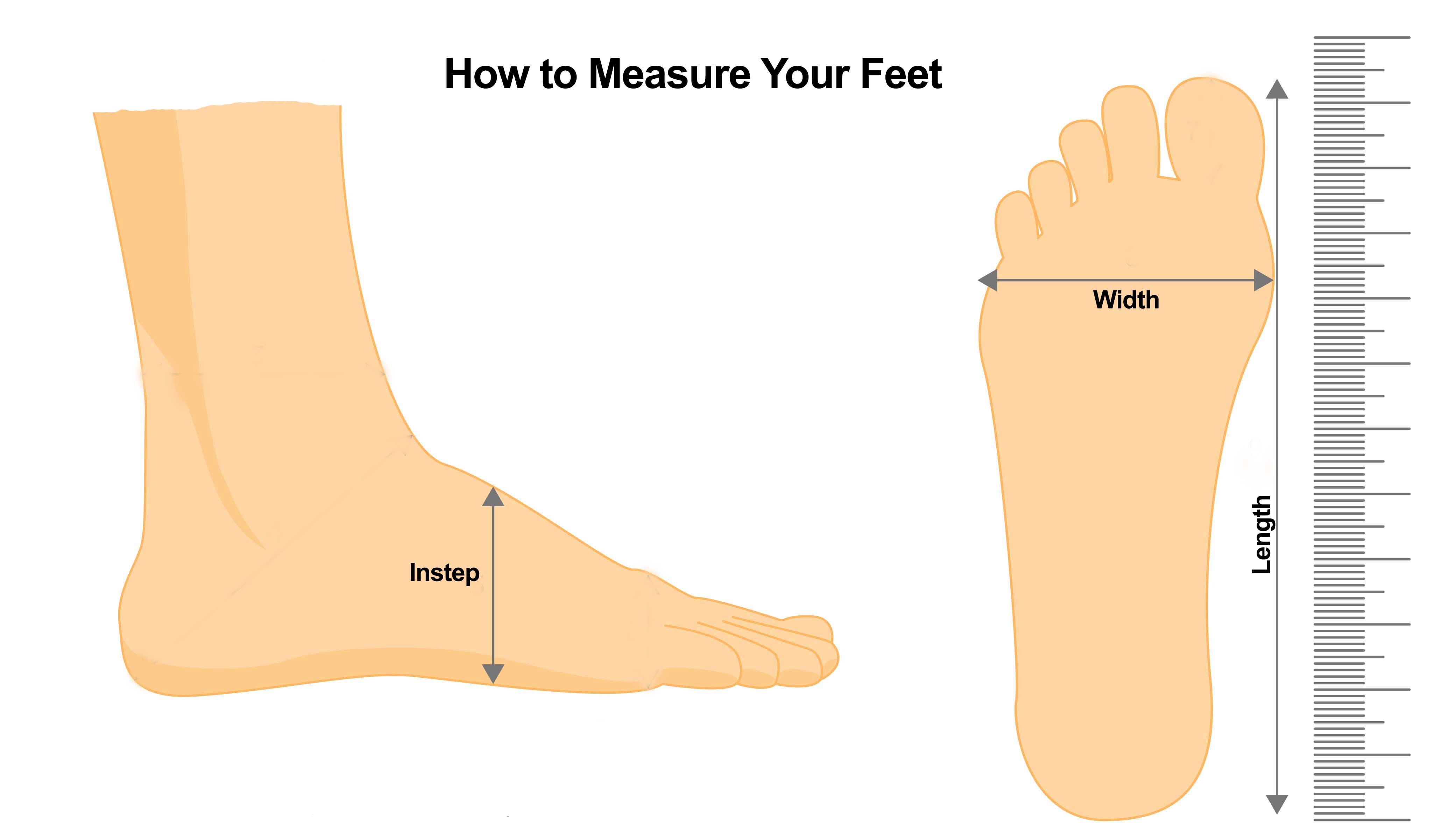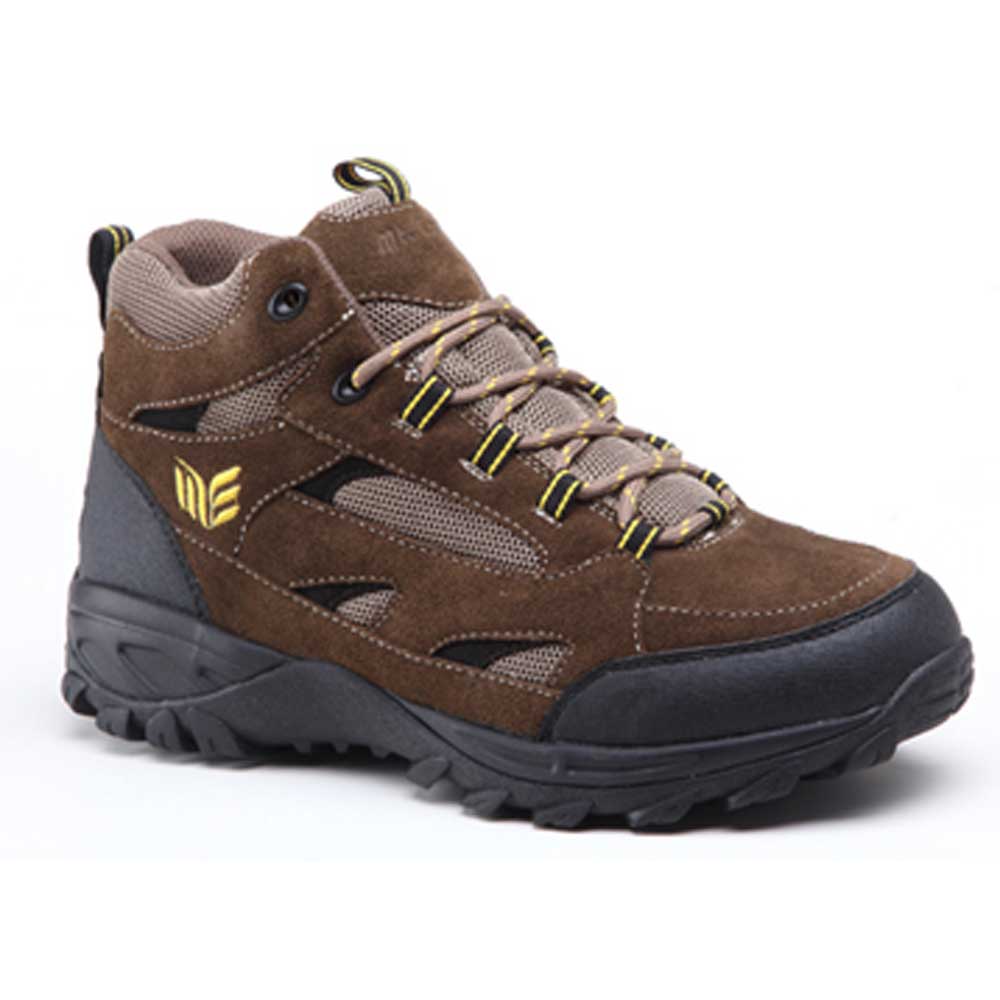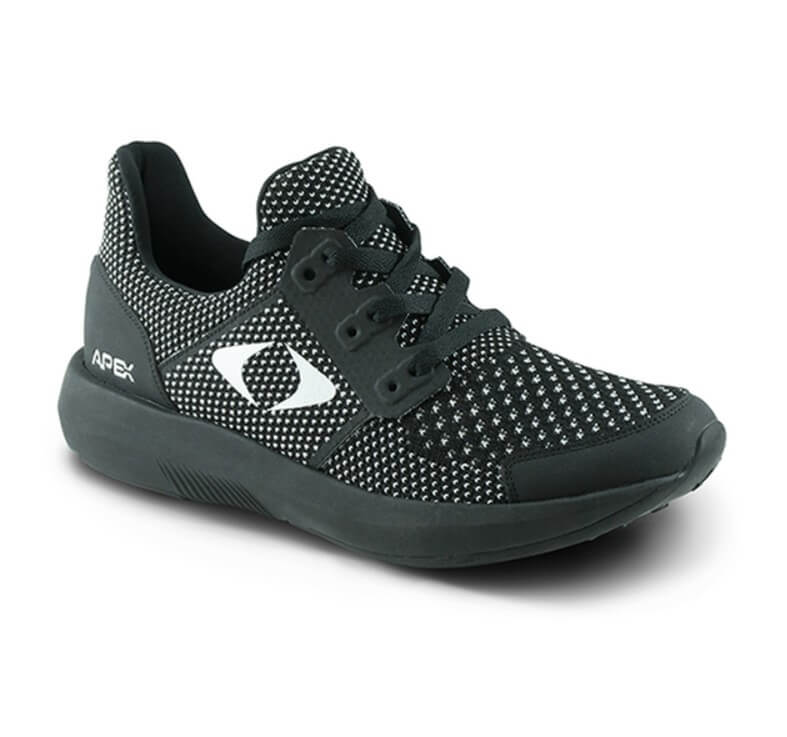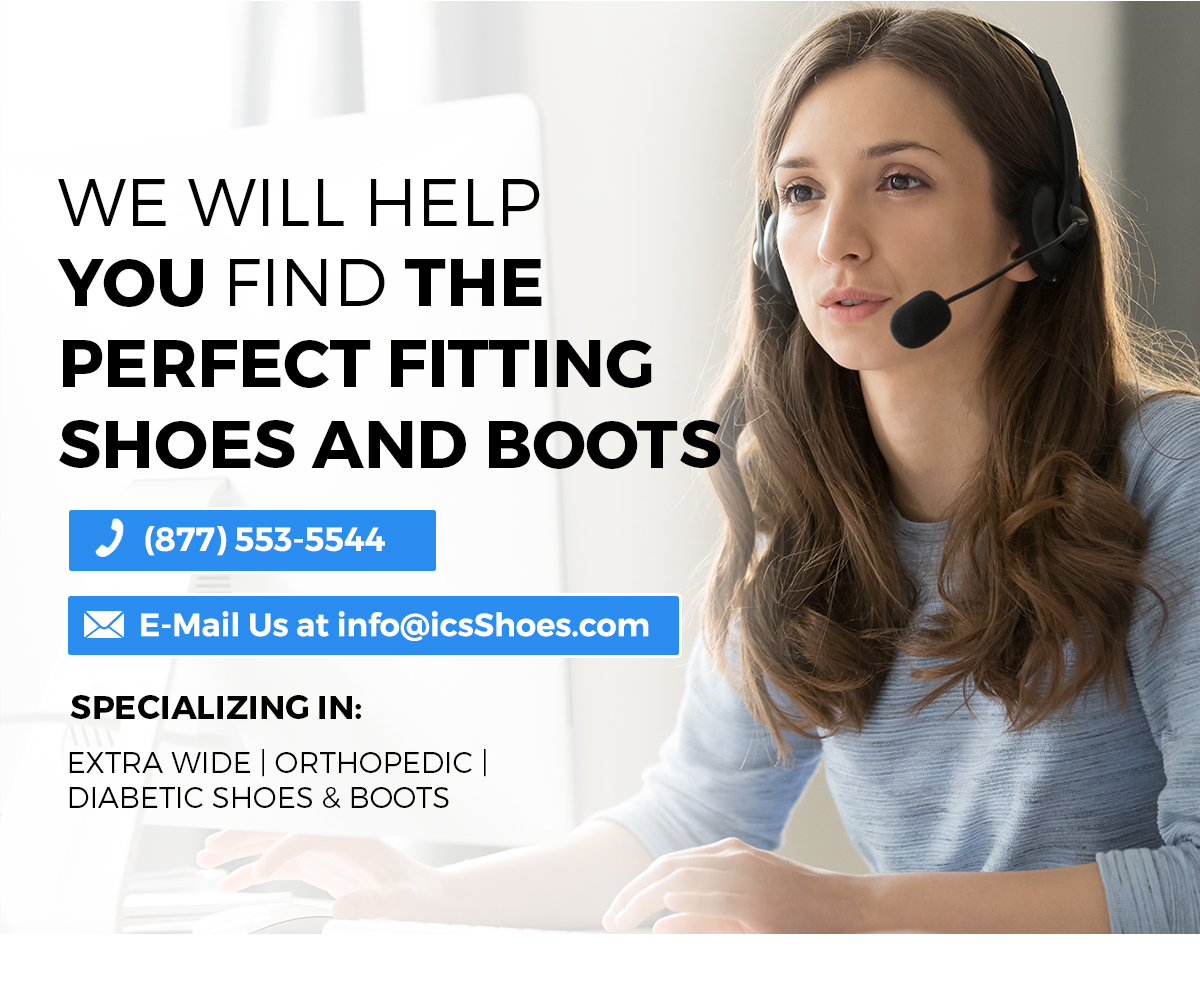Getting the Perfect Fit - More than Size & Width
You have probably experienced trying on several shoes that are the same size and they all fit differently. One of the most misunderstood measurements is the width of shoes. Although shoe manufacturers try to standardize sizes and widths, due to several components of a shoe
there may be significant differences from one Brand to another or within the same Brand.
One of the biggest advances in shoes over the last few years have been the introduction of multiple widths for each size. Since our feet come in different sizes & widths, the shoes needed to accommodate both of these factors. In order to have a comfortable fit, the manufacturers have found that the width of a shoe is as important as the length. Trying to put a wide foot into a medium shoe is like putting a square peg in a round hole - it simply doesn't fit. Some manufacturers now provide their shoes in the Standard Widths below:
 Standard Widths of Shoes
Standard Widths of Shoes
Men's Widths:
- Narrow (B)
- Medium (D)
- Wide (2E or 3E)
- X-Wide (4E or 5E)
- XX-Wide (6E)
- XXX-Wide (9E, 10E, 14E)
Women's Widths:
- Narrow (A)
- Medium (B)
- Wide (D)
- X-Wide (2E or 3E)
- XX-Wide (4E or 5E)
- XXX-Wide (7E, 9E, 10E)
How to Measure Your Feet
To obtain an accurate measurement of your foot Length, Width & Instep (Volume) in Inches:
- Stand on a piece of paper that is on a hard surface and draw an outline of both feet. Use a cloth measuring tape or a string.
- Length: Measure from Heel to Longest Toe
- Width: Measure the Widest part of your Foot below your Toes
- Instep (Volume): Measure the Midfoot ALL the way around your Foot, from one side to the other.
- Contact ICS Personal Fitting Specialists to convert your measurements to determine the proper Shoe Length, Width & Instep (Volume) for Standard, Extra, Double or Supra Depth Shoes.
Factors that Affect "The Fit"
There are several factors that affect how a shoe actually fits on your foot. These include the; (1) Platform or Footbed, (2) Design & Structure of the Toe Box, (3) Upper Material type (leather, lycra, mesh, or knit), (4) Volume (space inside the shoe), and (5) Sole of the shoe. All of these factors can result in a very different fit for the same size and width shoe.
One of our most popular shoes for Men is the Apis 9703-L (on the left). This shoe is designed for Sizes: 7-17, Widths: Medium-9E, Large Toe Box, Extra Depth, Seamless interior - all of which make this shoe very comfortable for a large selection of foot structures. You can read all of the detailed information of the shoe here:
 Apis 9703-L Product information.
Apis 9703-L Product information.
Although the widths of shoes may be somewhat different, they are simply a guideline. When looking at a shoe, observe how the toe box is structured. The 9703-L indicates, "Straight with broad & high toe box". If you have thicker feet or high arches, you'll probably need a high toe box. The shoe detail also indicates: "Extra Depth to accommodate Orthotics...", which means there will be extra room (volume) inside the shoe. Also consider the type of upper material and flexibility. When looking at pictures of shoes, you should determine the type of Material that is used. Lycra (stretch) is going to give much more than Leather. The Width of two shoes might be the same but the actual "Fit" is impacted by all of the other factors.
 The best way to tell if you have the correct fit is - How the shoe feels when you put it on.
The best way to tell if you have the correct fit is - How the shoe feels when you put it on. It should feel comfortable in the Width, Length, and provide ample Volume (Space inside the shoe). Most shoes should be comfortable right out of the box. The edges of your foot should meet and align flush with the edges of the footbed. The heel should sit snugly in the heel cup (not slip) and the general feel without lacing up should be comfortable without being restrictive.
How to find the Perfect Fitting Shoe
(1) Measure your Size and Width.
(2) Understand your foot structure to determine how much space (volume) you may need inside the shoe. High arches, girth, swelling all require extra depth. Other issues including bunions, hammertoes, edema, AFO (braces), all require additional depth inside the shoe. A Custom Insert will also require Extra Depth.
(3) Read all of the Detailed information regarding the shoes you're interested in.
(4) Study the pictures of the shoes. Does it have a high toe box? What type of Upper Material is used? Do you need Extra Depth?
All of the factors above should be considered when selecting a shoe. The more you understand the dimensions and condition of your feet, the easier it will be to find what shoe works best for you. ICS offers Free Consultations with our Personal Fitting Specialists. The ICS Specialists have helped hundreds of people find the Perfect Fitting Shoes for their needs. They have in-depth knowledge of foot conditions and will provide recommendations of the best shoes for your needs and lifestyle.

Speaking of proper footwear,
ICS Shoe Personal Fitting Specialists can help you find the Perfect Fitting Shoe to eliminate pain and discomfort. Taking care of your feet every day starts with the perfect fitting shoe.
Let us help you find just the right shoe for your lifestyle. Contact Your Personal Fitting Specialist Today - Your Feet Will Thank You!
(877) 553-5544 or
Contact Us by eMail.